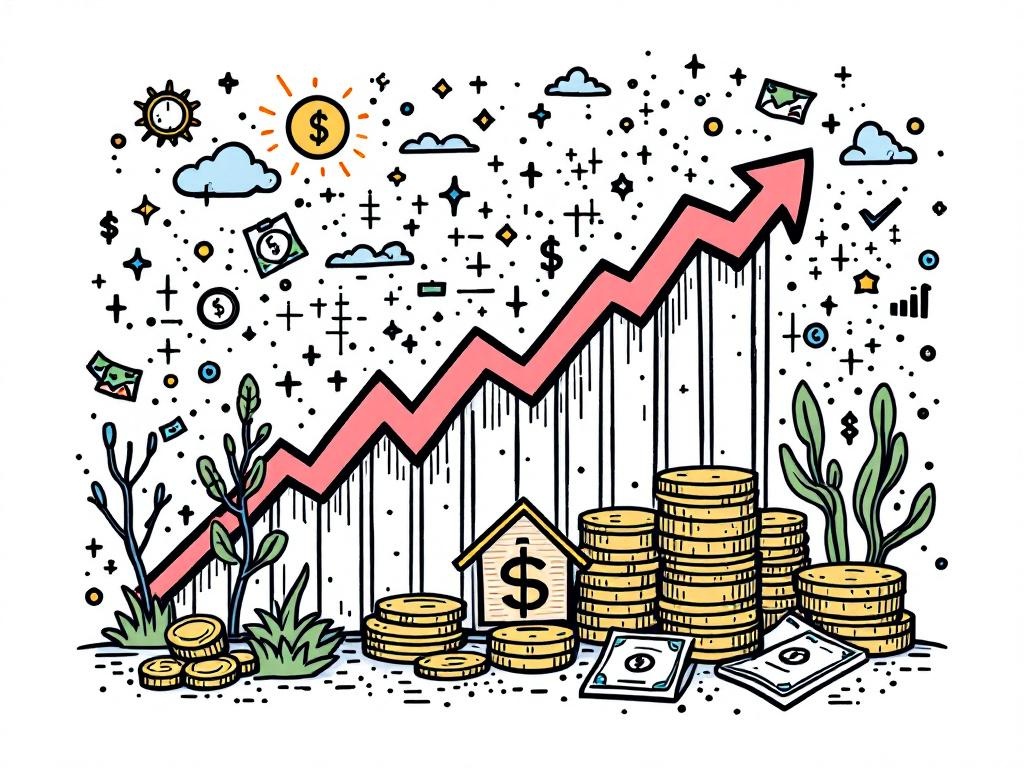US Economy Sees Unexpected Job Growth in June

Washington, Thursday, 3 July 2025.
In June, the US economy added 147,000 jobs, surpassing expectations of 110,000. The unemployment rate fell to 4.1%, underscoring the labor market’s resilience amidst uncertain economic policies.
Unexpected Job Surge Defies Expectations
Economists had anticipated a modest increase of 110,000 jobs for June, but the actual addition of 147,000 positions represents a significant deviation from expectations. This data, released by the Bureau of Labor Statistics on 3 July 2025, has invigorated discussions on the resilience of the U.S. labor market in the face of unpredictable economic policies from the current administration [1][2][3].
Impact on Unemployment and Industry Dynamics
The unemployment rate experienced a decrease from 4.2% in May to 4.1% in June, contradicting forecasts of a rise to 4.3% [1][3][4]. Notably, the healthcare sector contributed notably, accounting for over 25% of the job gains, adding approximately 39,000 positions [1][5][6]. Conversely, the manufacturing sector saw a reduction of 7,000 jobs, attributed to current global trade challenges, including tariffs [4][7].
Government and Private Sector Employment Shifts
Government employment saw substantial hiring, especially within state and local sectors, which added 73,000 jobs, primarily in education-related roles [4][8]. However, the federal government saw a decline, shedding 7,000 jobs due to federal budget cuts and policy uncertainties [6][8]. Meanwhile, the private sector displayed contraction, losing 33,000 jobs as businesses showed hesitance in hiring amid economic policy uncertainties [9].
Broader Economic Implications
Despite the strong jobs report, economic uncertainties remain. Policies implemented by President Trump, particularly regarding tariffs and interest rates, continue to create a challenging backdrop for employers, potentially affecting future hiring trends [2][6][8]. Furthermore, while the strong job market discounts the immediate need for federal interest rate cuts, ongoing geopolitical tensions and domestic policy unpredictability could introduce volatility [10][11].
Sources
- www.cnn.com
- apnews.com
- www.cnbc.com
- www.nytimes.com
- tradingeconomics.com
- www.bloomberg.com
- apnews.com
- www.staffingindustry.com
- www.cnbc.com
- tradingeconomics.com
- www.bloomberg.com